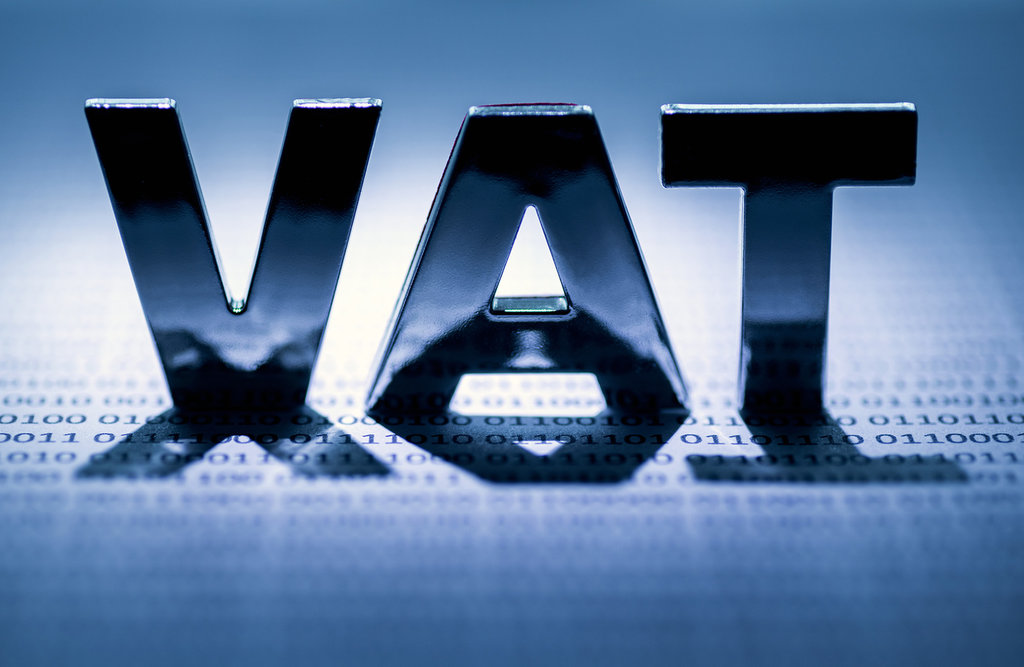Taxation
Partial exemption – the final frontier for automating VAT
Despite the ongoing move of the accounting and tax industry to the cloud and the automation of time-consuming tasks, partial exemption for VAT compliance is one crucial process that has been left behind. Russell Gammon, Chief Solutions Officer at Tax Systems comments

For those businesses that are part of the scheme, partial exemption is often the most complex part of the VAT return. It varies from business to business, and the process by which the calculation is determined is likely custom and bespoke. For those undertaking the “Special Method” (PESM) – where the calculation is totally customised to the business and is individually approved by HMRC – this can become mind-boggling. It is, therefore, unsurprising that partial exemption is not included in the reporting requirements for Making Tax Digital (MTD) for VAT – it simply would have been too difficult to implement such digital links in the timeframe.
Russell Gammon
Chief Solutions Officer
Tax Systems
Stepping back for a moment, the complexity inherent in partial exemption means that, over the years, it’s almost become an industry in itself. We typically see that particular people in very specific businesses are responsible for the calculation and therefore it has become a bit of a “dark art”. Individuals with deep tax expertise have built up very intricate Excel models that are generally only understood by themselves (or a very small team). Given the industries where partial exemption is most prevalent – financial services, education and charity sectors – we tend to see limited use of technology to aid the process because it's so bespoke. Until recently, only the very largest banks have had technology in place to manage PESM, and often these technology offerings are custom built and therefore expensive to implement and run.
In addition, businesses regularly make assumptions about their VAT liability. Rather than calculating the exact recovery percentages every quarter, which can be a lengthy process in a time-critical window, businesses will typically take a prudent view as an estimate. As a result, firms may not recover the amount of VAT that they could because the full calculation takes too long. They may well then recover this VAT with an annual true-up down the line, but in some instances this additional recovery (the difference between the prudent estimate and the actual amount recoverable) may never be claimed. In cases where recovery rates are very small percentages, organisations could expend more time doing the calculation than they will recover financially, essentially resulting in a cost to the business.
From partial exemption to complete solution
With HMRC mandating MTD for VAT back in 2019, we have seen a groundswell of technology offerings in the VAT space. Whereas before, offerings in the VAT space were few and far between; now businesses are spoilt for choice. There are offerings all the way from free Excel spreadsheets for the most simple businesses, through to complex Enterprise-grade solutions at the top end.
One of the key benefits that has come from this is the significant advancement of software that deals with partial exemption – both standard and special method. Whilst MTD for VAT doesn’t yet require the inclusion of partial exemption for compliance, some vendors have chosen to tackle this complex area.
In doing so, the benefits for businesses and tax professionals are significant and may include:
- Time-savings: organisations can dramatically cut the time required to carry out partial exemption calculations. In fact, weeks of work can be reduced to less than a day of effort in some cases.
- Cash recovery: Excel-based processes, particularly in PESM, can leave money on the table as prudent assumptions are made about certain recovery rates. Using technology removes the need to do this, as it can carry out calculations that are 100% correct. This means that implementing partial exemption technology can actually result in more VAT being recovered from HMRC.
- Knowledge sharing and collaboration: existing calculations are typically made in Excel, often residing with one person. On the one hand, this concentration of experience and expertise is important for ensuring the process takes place at all. Yet, on the other hand, should that individual leave the business, the knowledge void it can create can be disastrous because no-one else is in a position to provide continuity. By implementing a technology solution, however, organisations lift the burden from individual members of staff and protect themselves from the risks of key person dependency.
- Accuracy: similarly, placing the responsibility of carrying out manual calculations with one person adds a huge risk of human error. By applying technology to minimise the risk of incorrect calculations, HMRC is, potentially, better placed to drive digital link behaviour.
Partial exemption is the final frontier in the process of automating VAT. Once this area has been conquered, businesses can reap the full benefits of automation. As the tax industry continues to evolve and modernise, organisations should embrace the opportunities to streamline and accelerate processes. With the time and money saved from automating such tasks, huge amounts of value can be added to a business. The essential skills that tax professionals would previously have used in performing time-consuming calculations can be reassigned to add more strategic and fulfilling value elsewhere. It’s a no brainer!